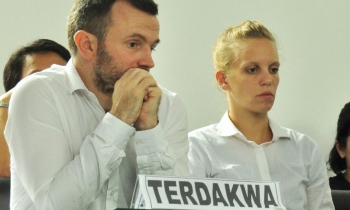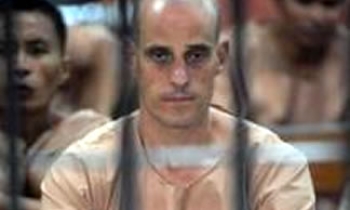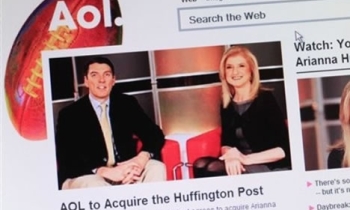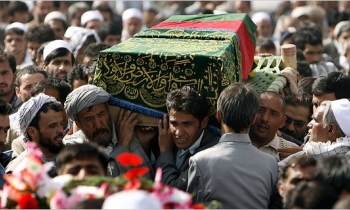Trust me on this.
When the Philadelphia Inquirer became the first major American newspaper to publish one of the drawings of the Prophet Muhammad that have inflamed passions throughout the Muslim world, it didn’t strike a blow to press freedom.
"This is the kind of work that newspapers are in the business to do," Amanda Bennett, the paper’s editor, told The Associated Press.
I don’t think so. Publishing one of those disturbing images – an act many Muslims consider blasphemous – serves no compelling journalistic interest. The Inquirer’s claim that it does puts the paper on the same level as other media voices that shout "fire" in a crowded theater.
That, after all, is how Supreme Court Justice Oliver Wendell Holmes defined the limit on this country’s constitutional guarantee of free speech. By printing one of those offensive cartoons, the Inquirer seems to be doing just that: falsely sounding an alarm about the rights and duties of a free press.
"We’re running this in order to give people a perspective of what the controversy’s about, not to titillate," Bennett said of the paper’s decision to print just one of the 12 cartoon images of Muhammad, which first appeared in a Danish newspaper last year.
Two basic tenets of the Society of Professional Journalists’ Code of Ethics are that newspapers have an ethical responsibility to "seek truth and report it" and to "minimize harm" while doing so. That’s why in reporting rape stories, most papers don’t identify the alleged victim – and why newspapers that reported the beheadings of Americans in Iraq didn’t show pictures of the gruesome acts.
More than 2,200 American servicemen and women have been killed and more than 16,600 wounded in Iraq, but most American newspapers have decided it’s not necessary to publish pictures of mutilated bodies.
The Inquirer’s decision to publish one of the offending cartoons doesn’t make sense. The test in a case like this should be: "Does it do more good than harm to publish a blasphemous image of Muhammad?"
Coming as it did at a time of widening protests, the Inquirer’s decision to print a drawing of Muhammad with a bomb protruding from the top of his turban has a better chance of inciting anger among Muslims than of fostering widespread understanding of this news event.
The publication of cartoons depicting Muhammad has fueled Muslim demonstrations from Europe to Asia. Protestors have burned flags and stormed diplomatic missions. People have been killed and wounded.
And this country’s enemies have sought to use Muslims’ anger to rally support for the fight they are waging in Iraq.
The job of news organizations is to cover these events, not to consciously take action that makes them part of the story. But this is exactly what the Inquirer appears to have done.
Of course, the Inquirer has a constitutional right to publish any or all of the Muhammad cartoons. But that doesn’t mean a decision not to print them would have somehow diminished that right. Self-censorship is a cornerstone of our free-press system. In fact, every journalist – and every journalism organization – regularly practices a form of censorship.
Every day, those of us in this profession make decisions about what we will and won’t report. We consider the good and the harm that might come from our reporting.
More often than not, these are very serious journalistic considerations. But increasingly, such decision-making seems to be rooted in concerns about corporate profits.
I don’t know what drove the Philadelphia Inquirer to publish a cartoon that lampoons the Muslim world’s holiest symbol. But I’m convinced that its decision was a bad call.
DeWayne Wickham is a columnist for Gannett News Service, 7950 Jones Branch Road, McLean, VA 22107. Send e-mail to DeWayneWickham@aol.com.









